I am a big fan of the Paper-Oh Circulo A6 notebook, and my sketching over the past 18 months has largely been predicated on having one at my side almost all of the time. This, in turn, has been made possible by the perfectly-sized A6 Handy Zippered Pouch from Modulor that I’ve been using to carry them around: the pouch holds a Circulo notebook, a pencil, an eraser, and a package of 5 sketching markers. And it fits into my back pocket, or into my bag.
When we were at Modulor last month, thus, I made sure to pick up some additional pouches, both in A6 and in B6, so that I’d never be without one. I also purchase an A6 Phat Bag, which is made out of polyethylene fiber that purports to be tear resistant and “writable / paintable.”
Here’s the new bag assortment, along with my well-used pouch, purchased on an earlier visit to the store:
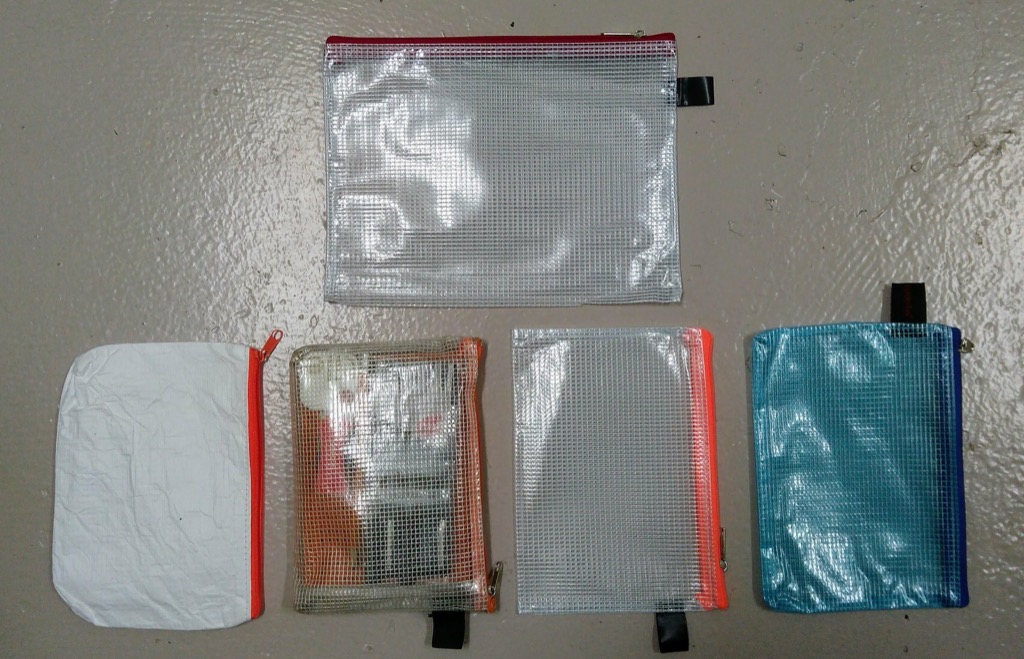
I arrived at the office to this error message on the screen of my MacBook Air. The “Accept” button seems like a very Zen approach to the issue.
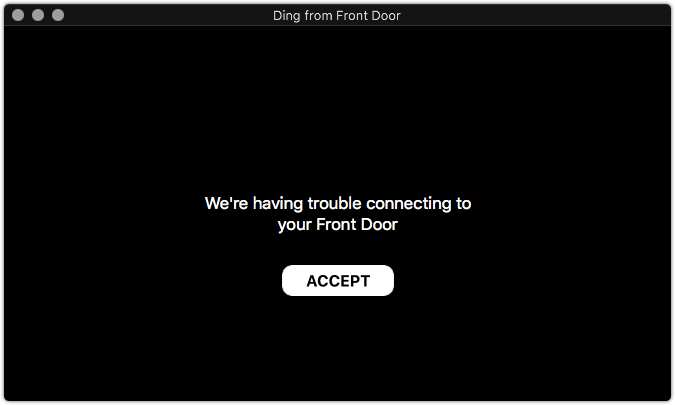
Our lodging in Amsterdam, Zoku, had an “almost everything store” in its 6th floor “living room,” a set of drawers containing a bunch of useful things one might need when traveling:
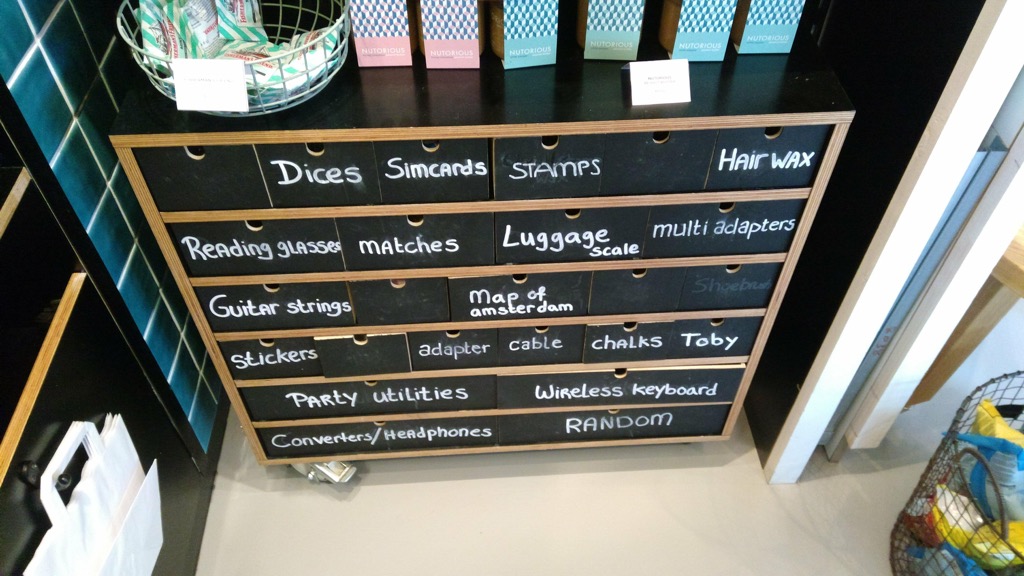
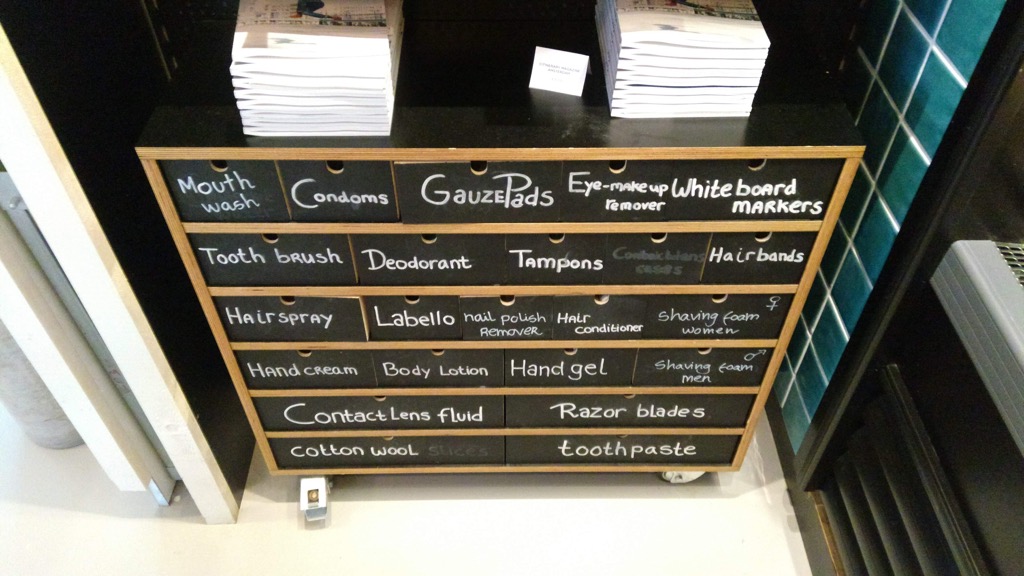
The selection here is obviously western hipster-traveler oriented, but the labels on the drawers still serve as a useful guide as to the things you might want to remember when you travel.
Also, the presence of SIM cards is brilliant: every hotel catering to international travelers should simply offer a SIM card as a part of the check-in routine.
Oliver started grade 12 at Colonel Gray High School today; while we drive to school these daysm as opposed to walking, we simulated the previous start-of-school pictures for completeness sake.
Grade 12, 2018
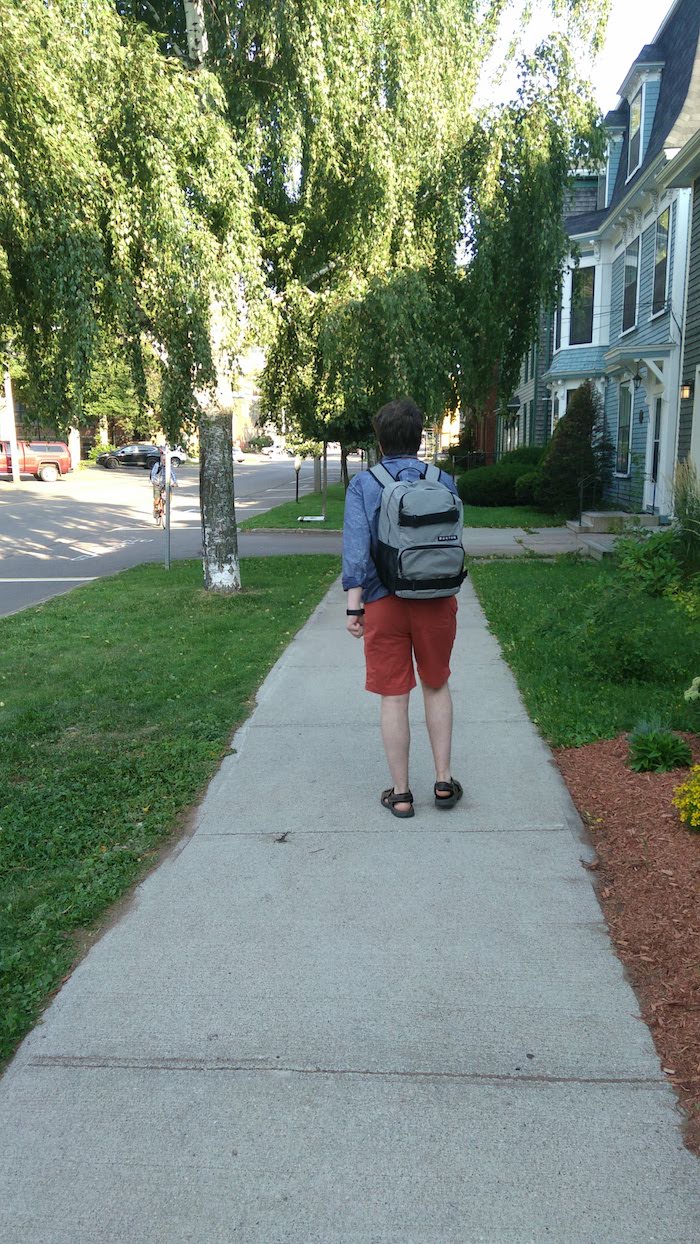
Grade 11, 2017
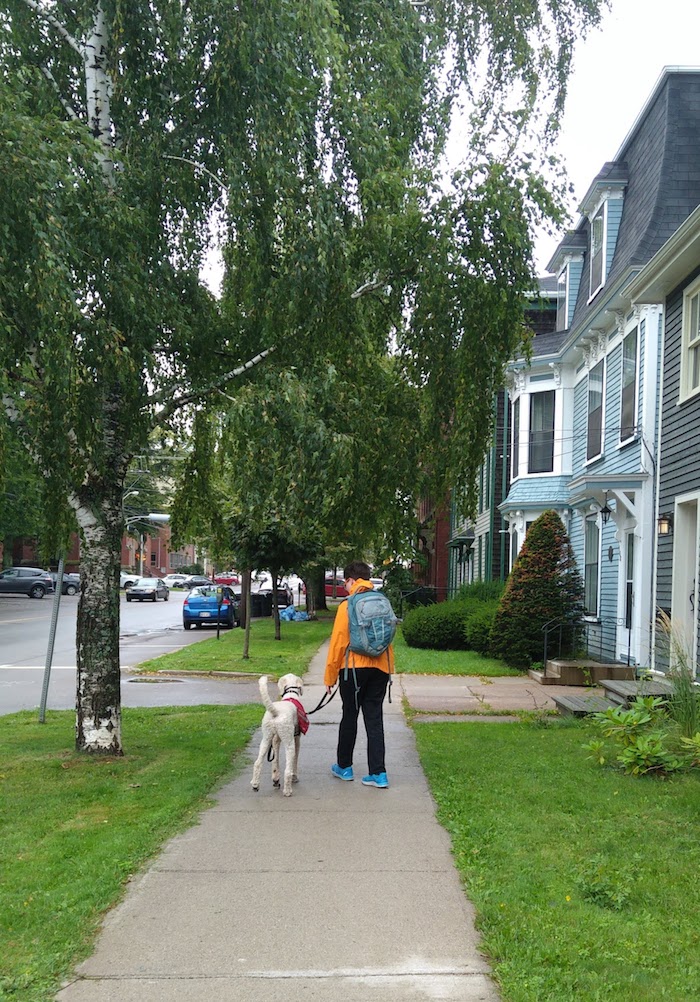
Grade Ten, 2016
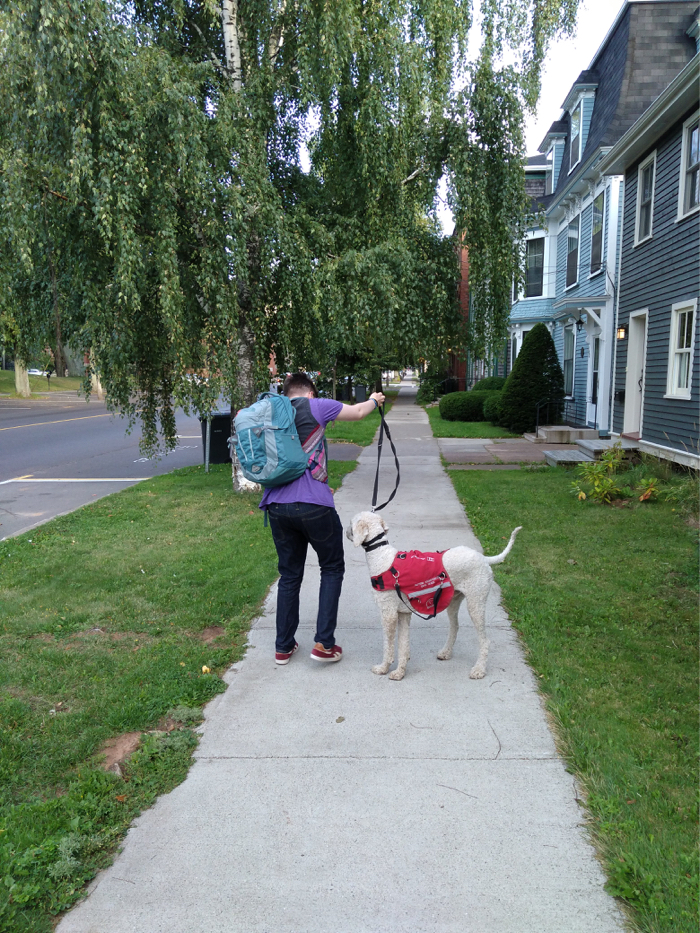
Grade Nine, 2015
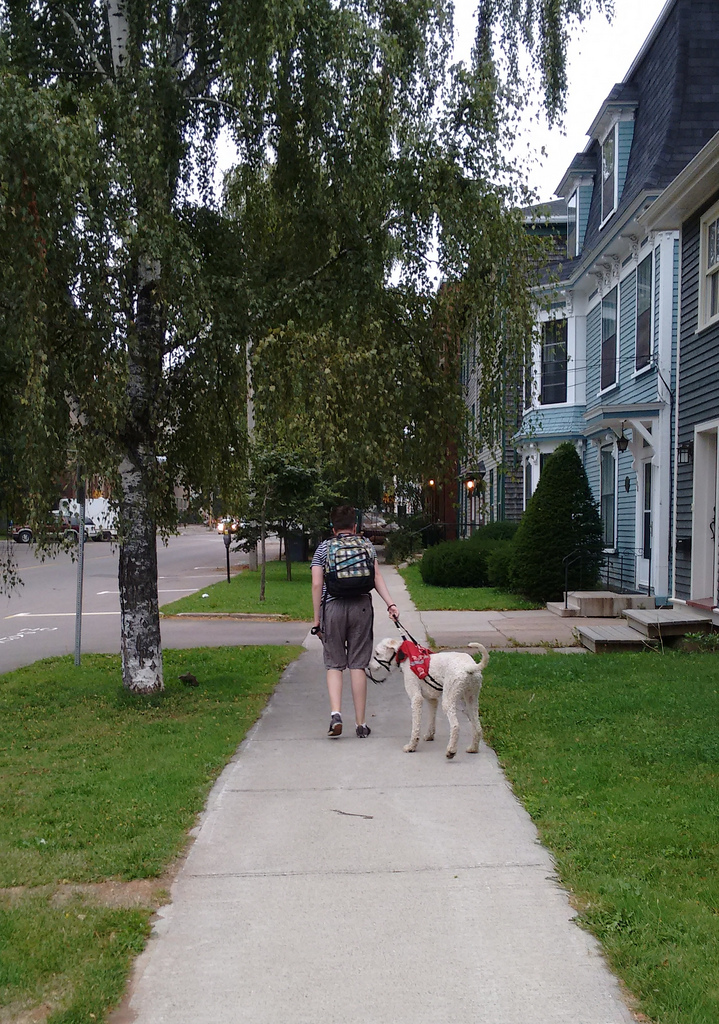
Grade Eight, 2014
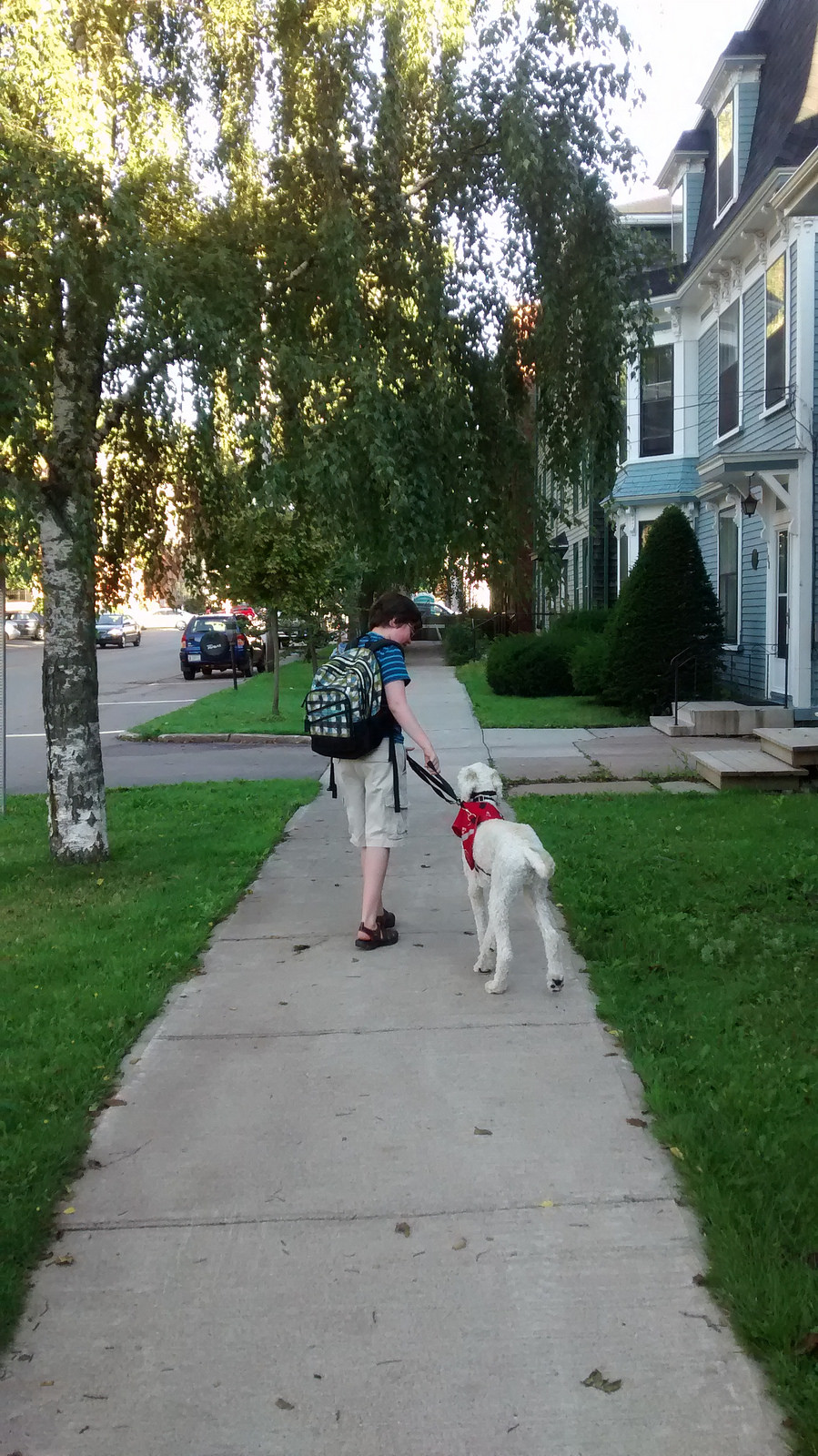
Grade Seven, 2013
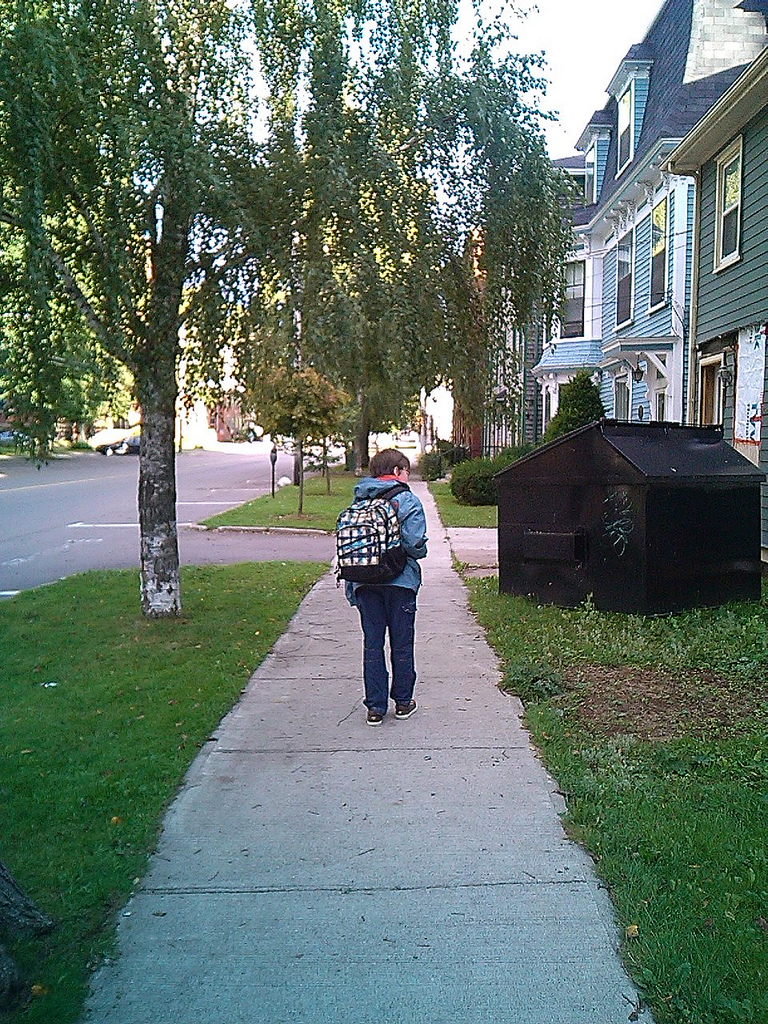
Grade Six, 2012
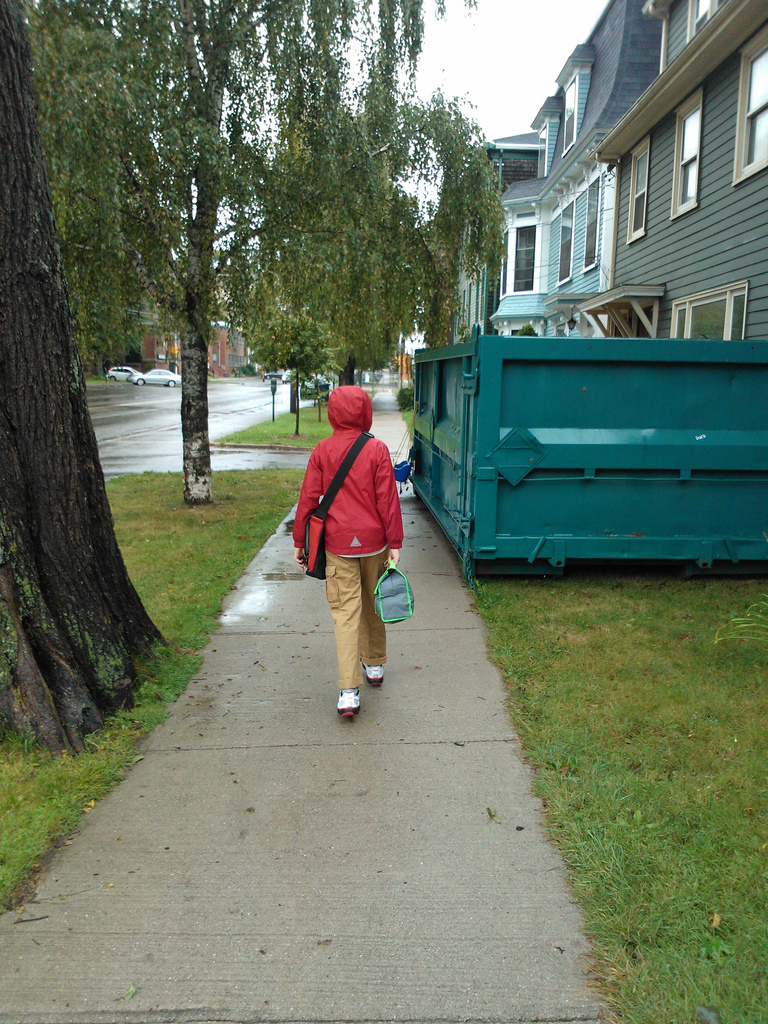
Grade Five, 2011
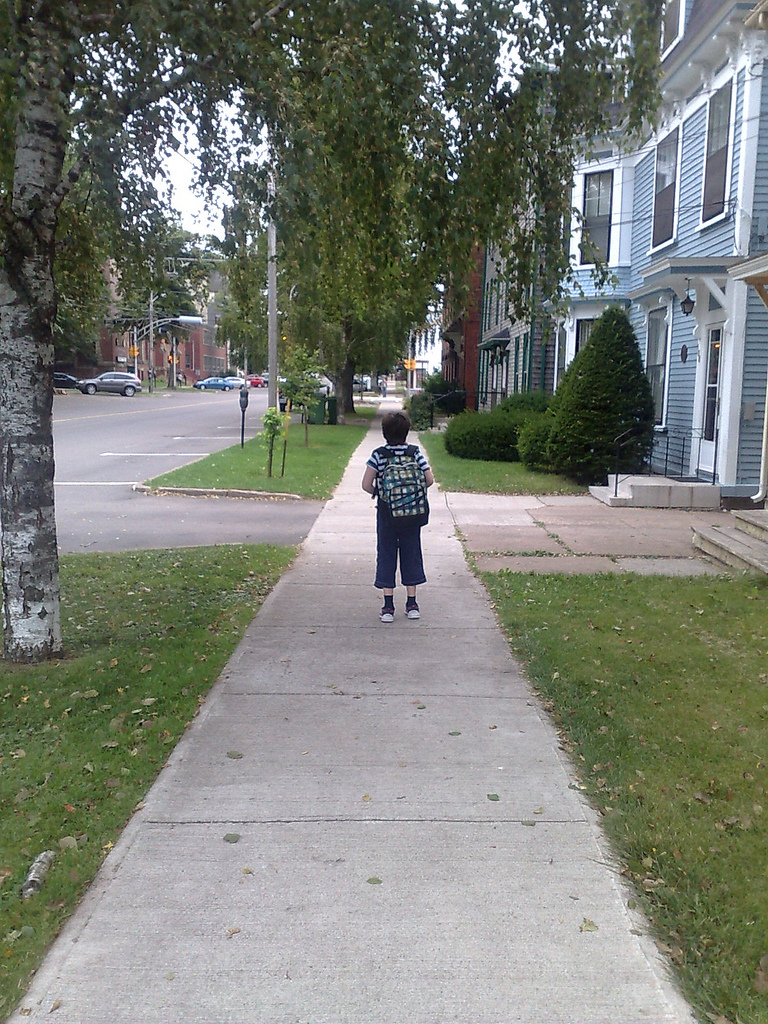
Grade One, 2007
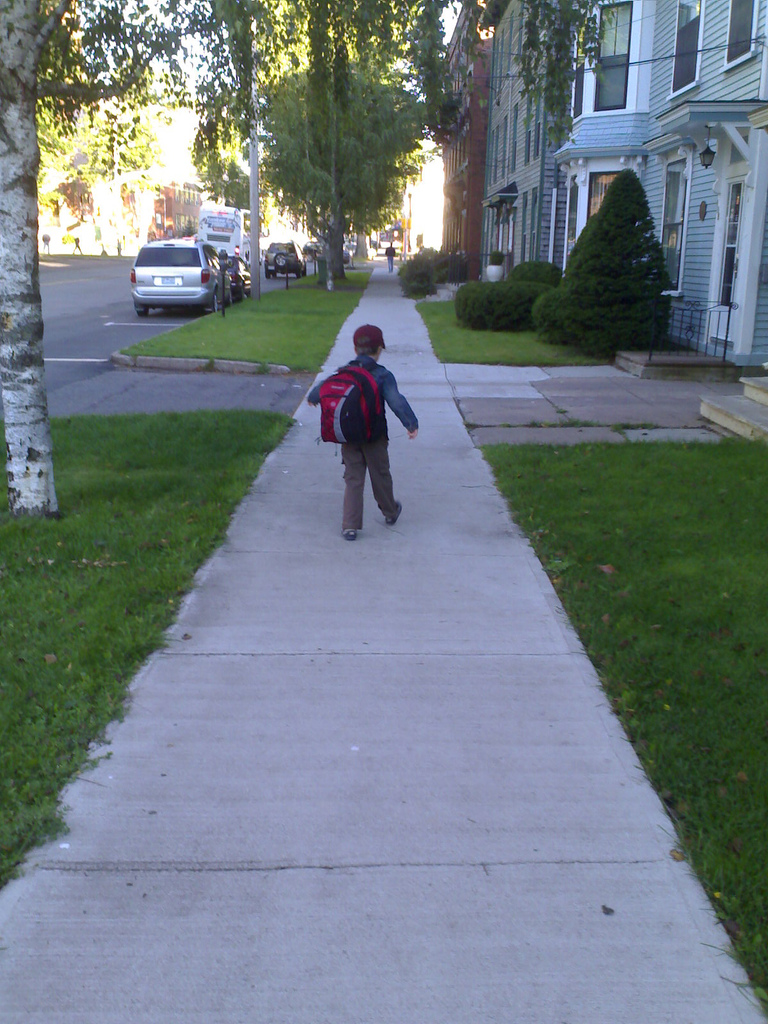
The first time Oliver used the sink at our Malmö Airbnb, he emerged exclaiming “The sink sounds like a didgeridoo!”
I asked him to record this, and he emailed me this sound.
Which does, indeed, sound like a didgeridoo.
Luisa took this photo of me when we were in Malmö and called it my “author photo.” It’s a testament to her skills as a photographer and to the quality of the OnePlus 5 camera. It also means I need to write a book to deserve it.

I planned to edit together several video clips that Oliver and I shot to review the smart fortwo electric drive this morning, but Google Photos just alerted me that it had done this itself.
The result is very very weird, but may in fact be more compelling than anything I could have created myself.
We had an hour to kill before IKEA opened this morning, so we stopped in at O’Regan’s Mercedes to test drive a smart fortwo electric drive (and learned, in the process, that smart no longer makes non-electric cars).
We shot a full video review, but the short story is that while the old gas-powered smart drove like a sluggish riding lawnmower, the electric drives like a rocket.
If we didn’t have the need to carry three people and a dog around—and if the PEI government offered the kind of electric vehicle subsidies that other provinces do—I’d seriously consider it to replace our Jetta.
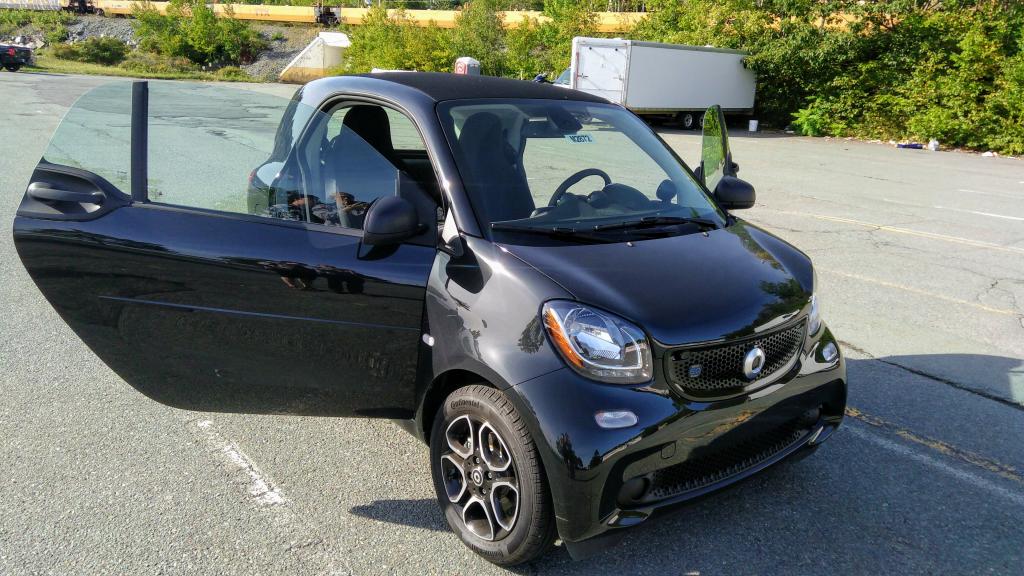
This closing video of Smart Stuff That Matters 2018 captures the spirit of the weekend well.
I came surprisingly close to offering up my phone for Elmine’s wrecking hammer; in the end, though, I realized that I’d have no way to find our hotel in Amsterdam without it, and no way for people at home to contact me. It’s good to be aware of our technological dependencies in such stark ways from time to time.
 I am
I am